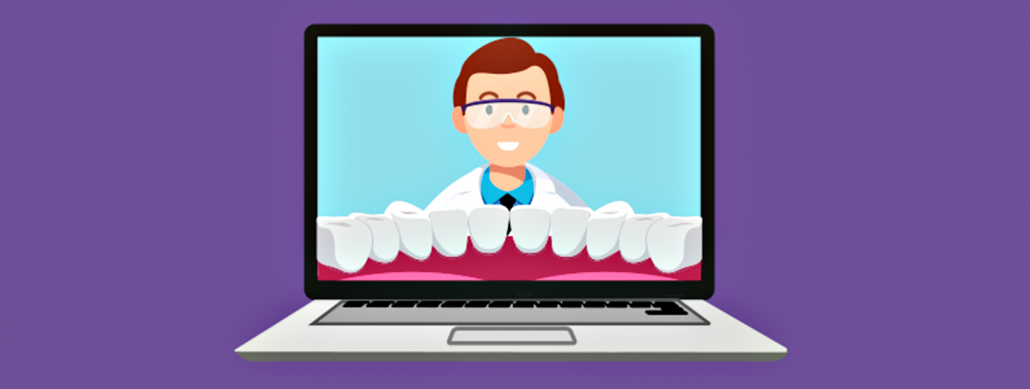
THE COVID-19 pandemic has challenged the existing healthcare systems across the globe.
And that includes the oral healthcare system.
According to the US National Institutes of Health (NIH), COVID-19 spreads by contact transmission, droplet and fomite, the latter objects or materials which are likely to carry infection such as clothes, utensils and furniture.
Contact transmission, face-to-face interaction of healthcare professional with the patient carries a risk of its transmission, says the NIH.
Dental treatment means close inspection, examination, diagnostic and therapeutic interventions of the naso-oro-pharyngeal region, the part of the mouth and pharynx or throat behind the mouth and nasal cavity.
Thus, the dental team is the most susceptible to get infected with coronavirus, the NIH observes.
This is why during the pandemic, most routine dental procedures worldwide have been suspended. Only emergency dental procedures and surgeries are being performed.
Looking at the current increasing trend of COVID-19 cases, it does not appear that this pandemic will end anytime soon. In fact, even the World Health Organization says the virus may become just another endemic virus that may never go away.
“If these speculations are true and COVID-19 indeed becomes endemic, dental practice will need to reorganize and innovate to continue dental care with minimal risk of cross-infection,” the NIH says.
Teledentistry is one way to do it. It’s nothing new. In fact, it has been in use since 1994 when the U.S. Army started teledentistry to serve troops worldwide.
Teledentistry is ideal in a pandemic setting because it avoids person-to-person contact. It’s social distancing in oral health care.
It comes in many forms, including teleconsultation, telediagnosis, teletriage and telemonitoring.
Today, its most common form is teleconsultation. Here, patients consult with dentists by using telecom tools such as mobile phones or the Internet. It works two-ways – dentists respond in turn through the same tools.
Then there’s telediagnosis. It uses images and data to make a diagnosis of, for example, an oral lesion.
The use of smartphones for detection of dental cavities and tooth decay is well known. It has been used for potentially malignant oral lesions.
Another form is telecytology, a system for the early detection of potentially malignant lesions that may indicate oral cancer.
Brazil uses WhatsApp and telemedicine to diagnose oral lesions. To avoid close contact, dental photography is an invaluable part of telediagnosis since most oral lesions can be directly observed anyway.
Teletriage means not just screening dental patients for symptoms of COVID-19 – at distance. In America, it has been used to assess the dental condition of school children without them going to dental clinics.
Telemonitoring is a good substitute for actual visits to clinics. Here, dentists monitor the progress of treatment – again, from a distance.
One issue in teledentistry is its seemingly complex technology hurdles. That is, it is unfamiliar to the new user.
Internet connections may be spotty or not available. Indeed, patients may not have smart phones at all or may not have the money to buy data or get Internet connections.
Patients may also be concerned that the dentist may make a wrong diagnosis.
All these can be hurdled in time. And in this pandemic time, teledentistry is here and now.
“The need of the hour is to incorporate teledentistry into routine dental practice,” the NIH concludes.
***
Dr. Joseph D. Lim is the former Associate Dean of the UE College of Dentistry, former Dean of the College of Dentistry, National University, past president and honorary fellow of the Asian Oral Implant Academy, and honorary fellow of the Japan College of Oral Implantologists. Honorary Life Member of Thai Association of Dental Implantology. For questions on dental health, e-mail jdlim2008@gmail.com or text 0917-8591515./PN

